Germany’s vibrant capital, Berlin, is a city that seamlessly blends history with modernity. From its rich cultural heritage to its thriving tech scene, Berlin offers a unique experience for both locals and tourists alike. As the city continues to evolve, so does the need for innovative UI/UX designs that enhance the urban exploration experience.
The Role of UI/UX in Urban Exploration
UI/UX, short for User Interface and User Experience, plays a crucial role in shaping how people interact with technology. When it comes to urban exploration, UI/UX design can greatly enhance the overall experience by providing intuitive and user-friendly interfaces that guide users through the city’s attractions, landmarks, and hidden gems.
Whether it’s a mobile app, a website, or an interactive map, UI/UX innovations in urban exploration aim to provide users with seamless navigation, informative content, and personalized recommendations. By leveraging the power of technology, these designs enable users to discover and explore Berlin in a more engaging and immersive way.
Personalized Recommendations and Customized Experiences
One of the key UI/UX innovations in urban exploration is the ability to provide personalized recommendations based on user preferences. By utilizing data analytics and machine learning algorithms, these designs can suggest attractions, restaurants, and events that align with the user’s interests and preferences.
For example, imagine a mobile app that learns from the user’s previous activities and offers tailored suggestions for art galleries if the user has shown a particular interest in art. This level of personalization not only enhances the user’s experience but also encourages them to discover new places and activities that they may not have considered before.
Interactive Maps and Augmented Reality
Another exciting UI/UX innovation in urban exploration is the use of interactive maps and augmented reality (AR) technology. These designs provide users with real-time information about their surroundings, allowing them to navigate the city with ease.
Interactive maps can display points of interest, walking routes, and even provide historical context about specific locations. They can also incorporate user-generated content, such as reviews and ratings, to help users make informed decisions about where to go and what to see.
AR technology takes this a step further by overlaying digital information onto the real-world environment. For example, users can point their smartphones at a historical landmark and see virtual information, such as historical photos or interactive 3D models, superimposed on their screen. This immersive experience adds a new dimension to urban exploration and brings the city’s history and culture to life.
Seamless Integration with Public Transportation
Efficient transportation is essential for urban exploration, and UI/UX innovations can greatly improve the integration between digital platforms and public transportation systems. By providing real-time updates on bus and train schedules, as well as offering optimized routes based on current traffic conditions, these designs make it easier for users to navigate the city using public transportation.
Additionally, some UI/UX designs even allow users to purchase tickets directly through the app or website, eliminating the need for physical tickets or cash. This seamless integration not only saves time but also enhances the overall user experience by reducing the hassle of navigating public transportation systems in an unfamiliar city.
Accessibility and Inclusivity
UI/UX innovations in urban exploration also prioritize accessibility and inclusivity. These designs aim to make the city’s attractions and landmarks accessible to everyone, regardless of their physical abilities or language proficiency.
For example, UI/UX designs can incorporate features such as audio descriptions for visually impaired users or multilingual interfaces for tourists who may not speak the local language. By ensuring that the user interface is user-friendly and inclusive, these designs enable a wider range of individuals to fully engage with and enjoy the urban exploration experience.
Conclusion
As Berlin continues to captivate visitors with its unique blend of history and modernity, UI/UX innovations in urban exploration play a vital role in enhancing the overall experience. From personalized recommendations to interactive maps and seamless integration with public transportation, these designs make it easier for users to navigate the city and discover its hidden treasures.
Moreover, by prioritizing accessibility and inclusivity, UI/UX designs ensure that urban exploration is an enjoyable experience for everyone. As technology continues to advance, we can expect even more exciting UI/UX innovations that will further enhance the way we explore and interact with cities like Berlin.
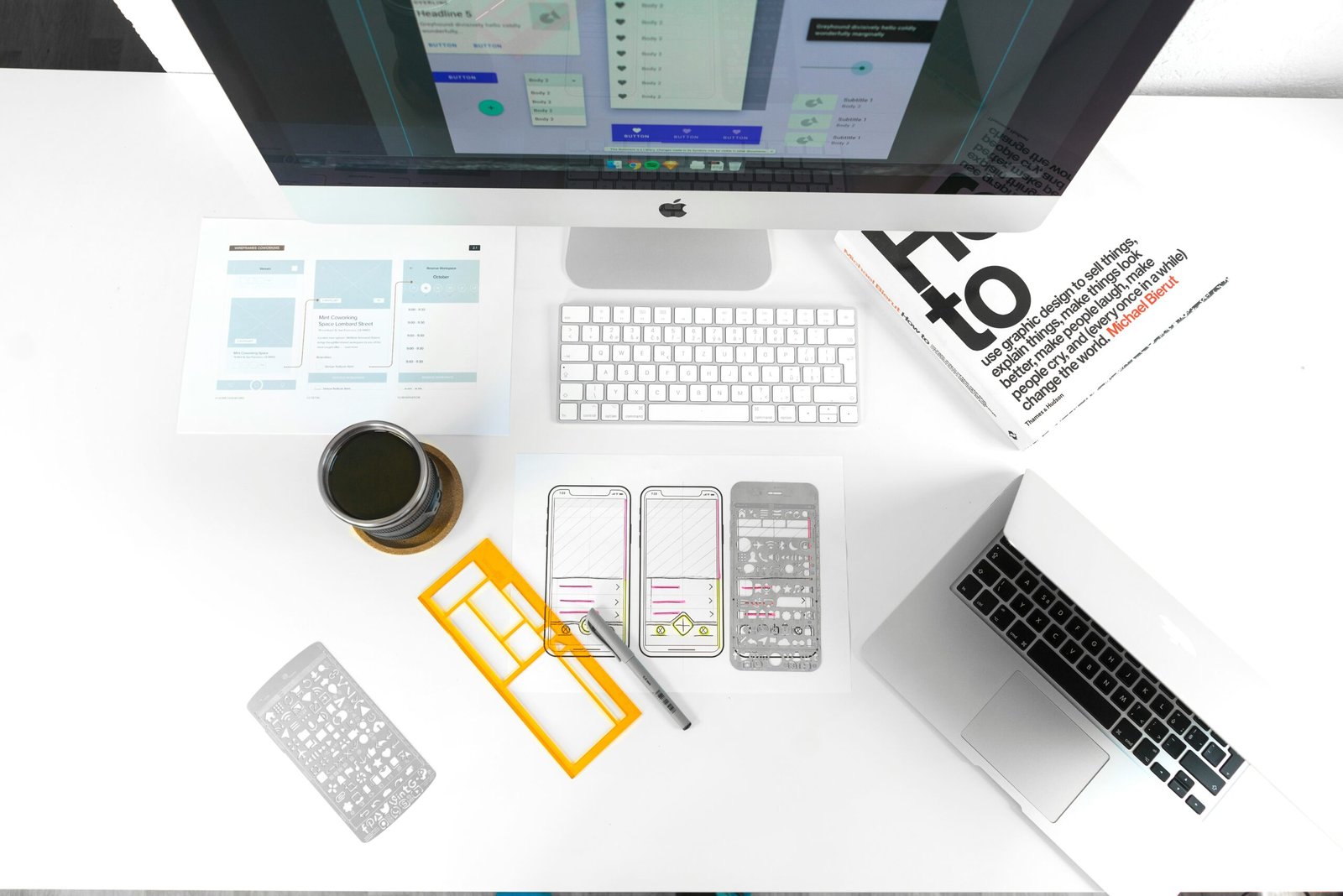


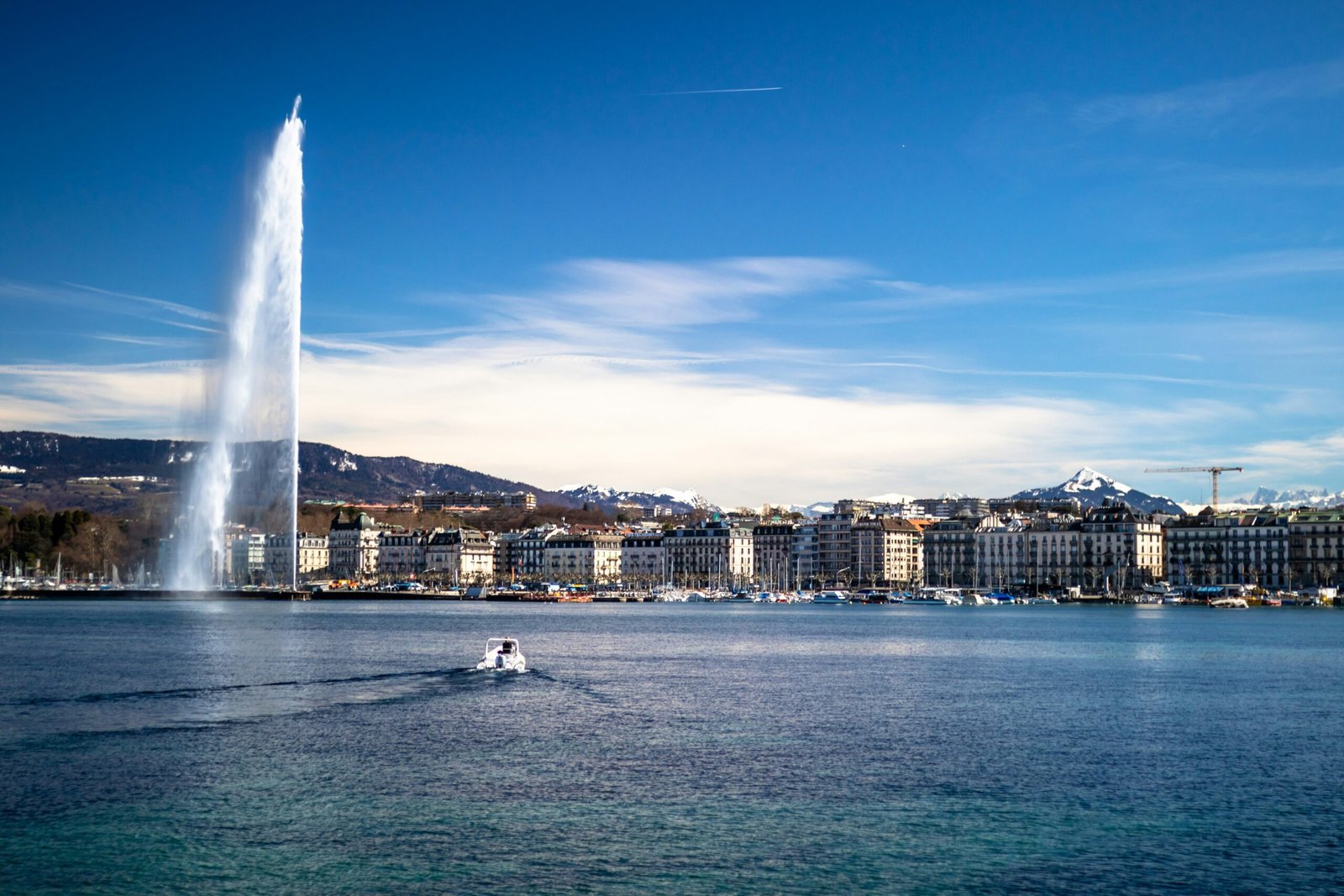


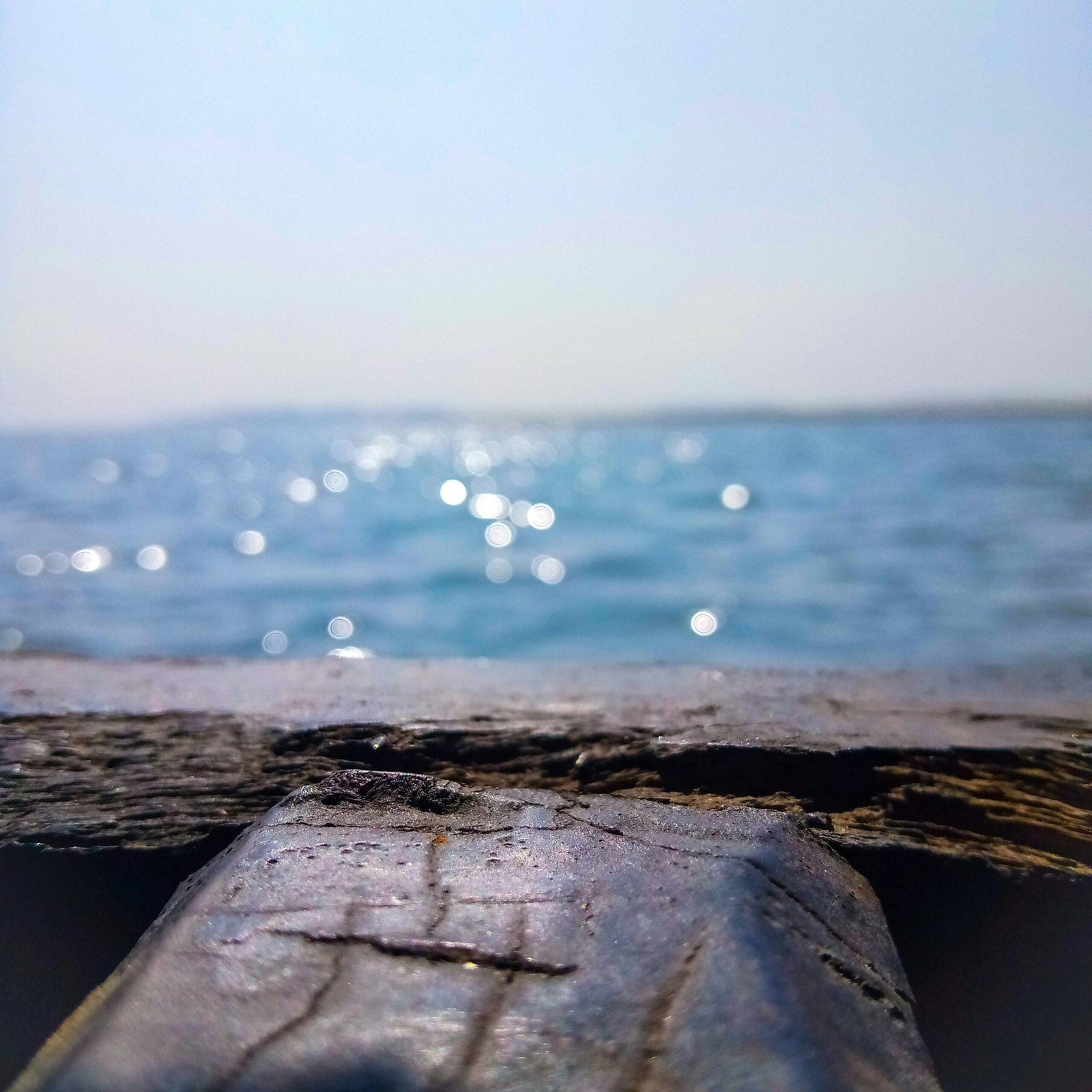
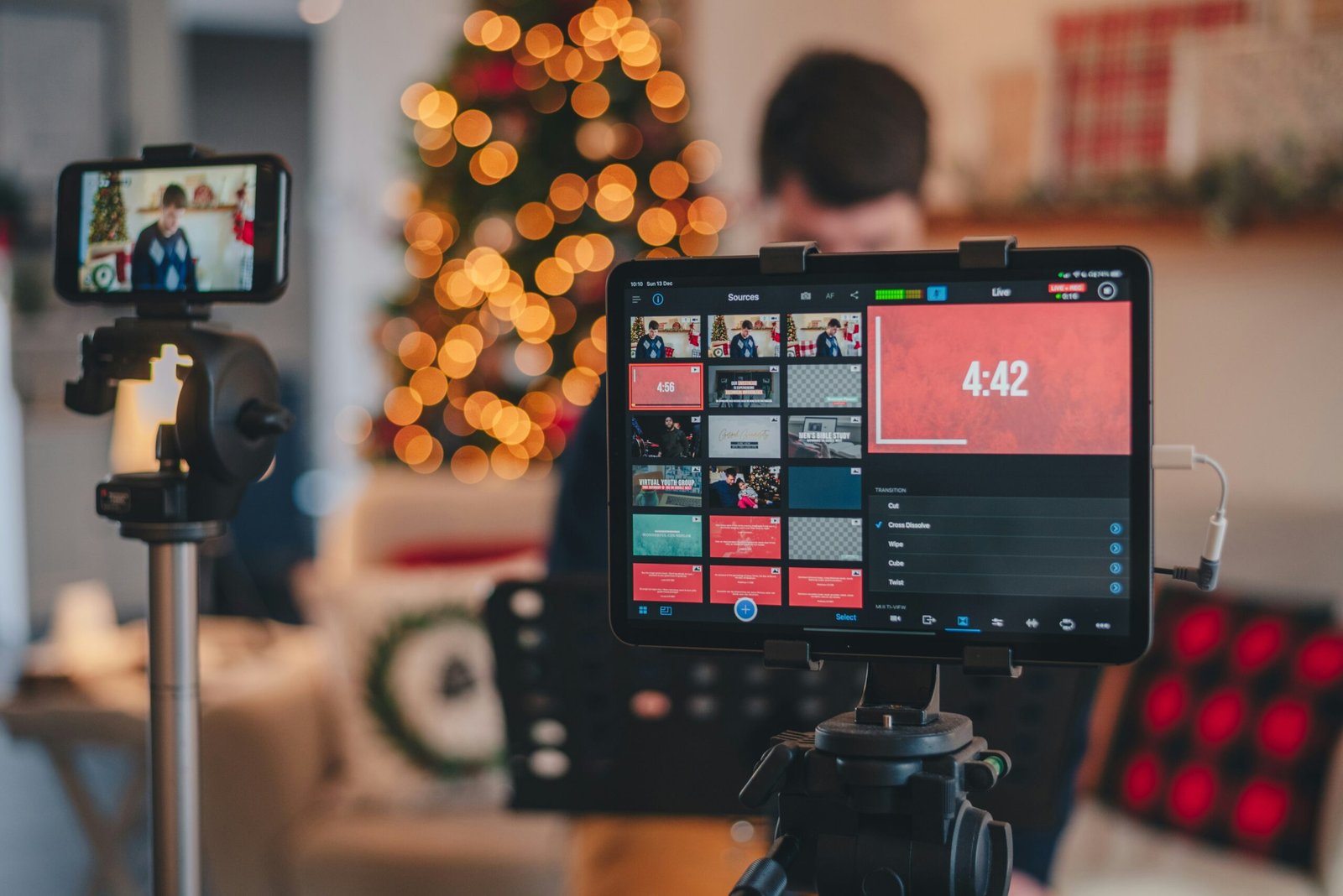


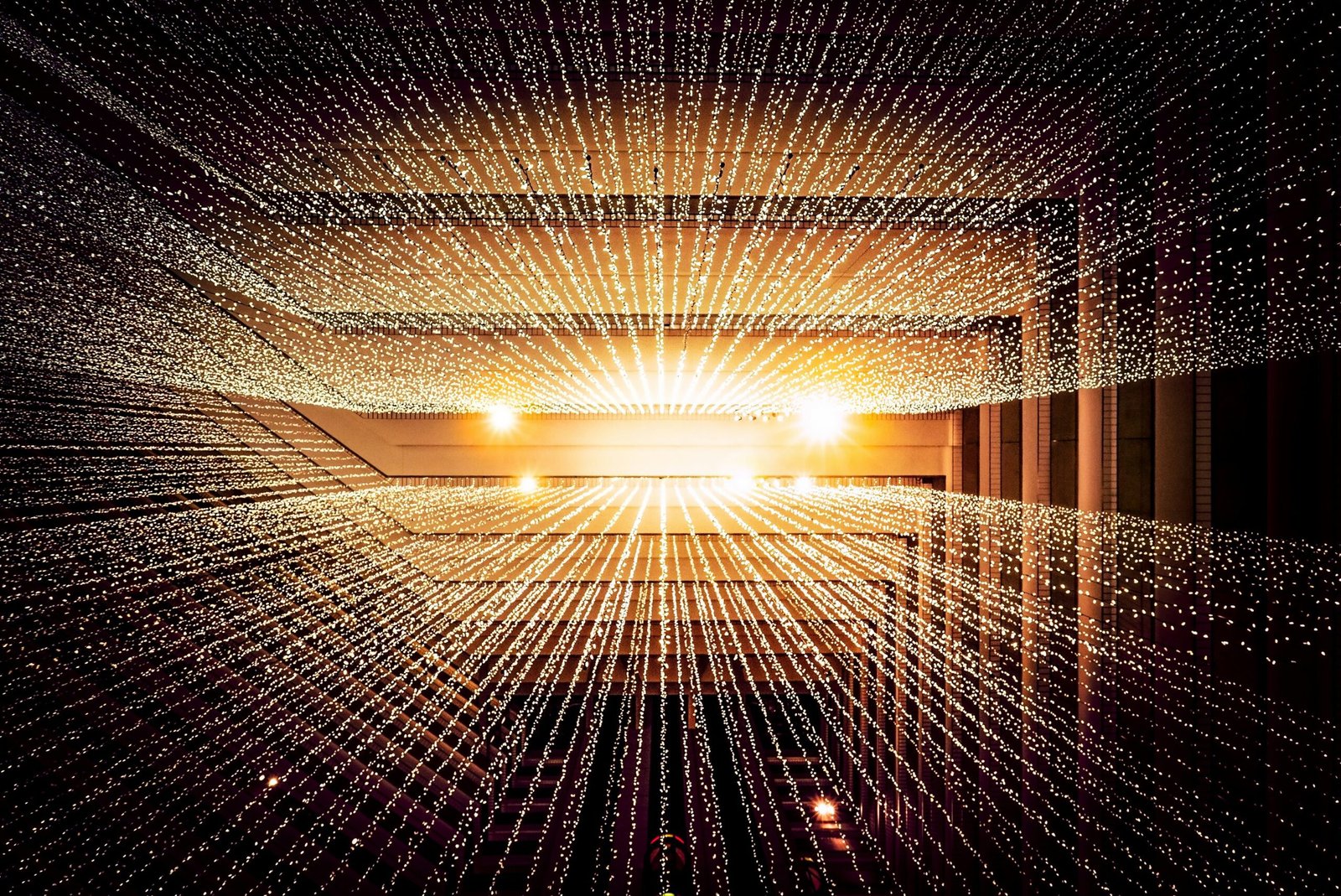

Leave a Reply